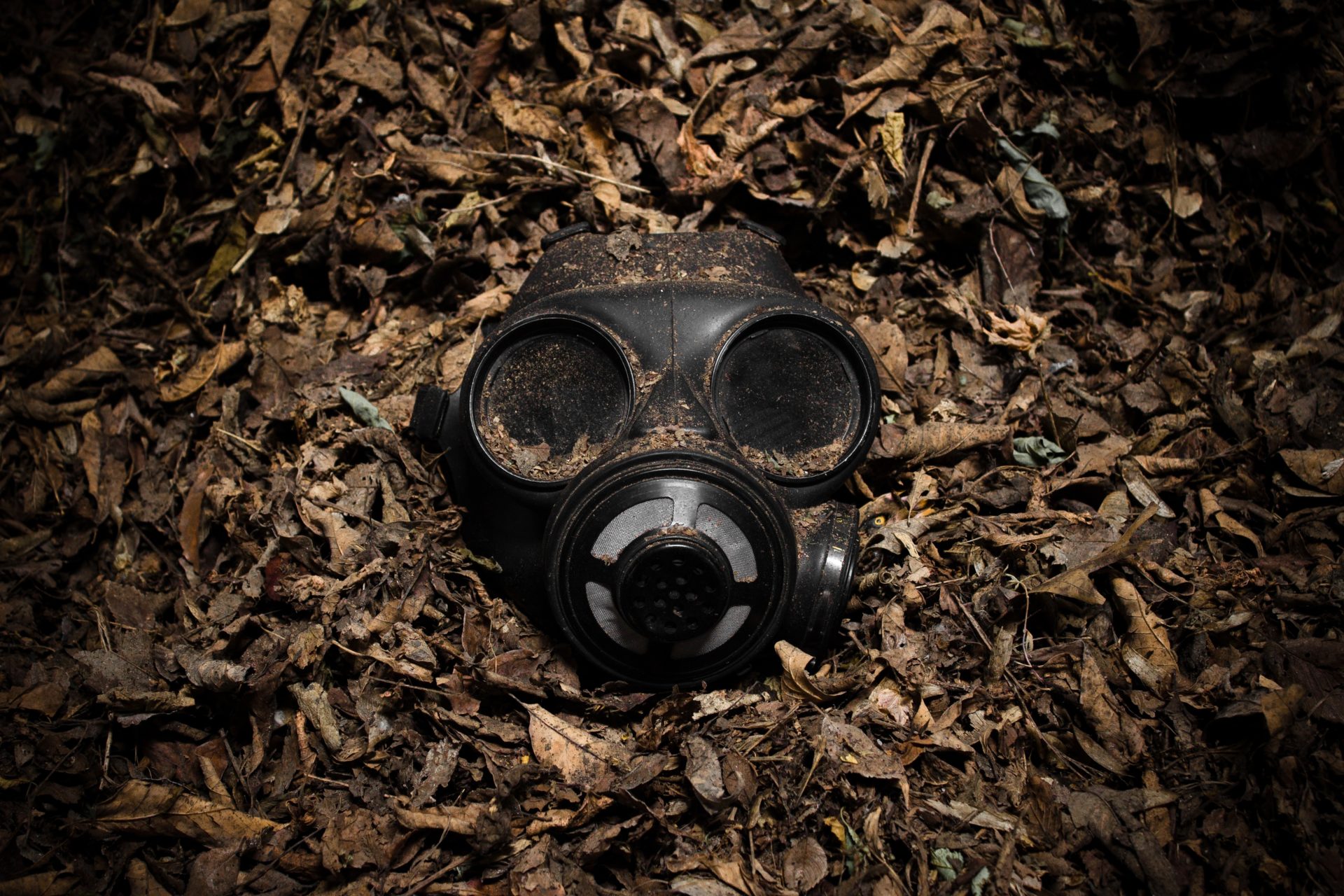Means and Methods of Warfare
|
Getting your Trinity Audio player ready...
|
Introduction
The parties to an armed conflict are limited in their choice of weapons and means and methods of warfare under the rules of international humanitarian law (IHL).1Article 22 of the 1907 Hague Regulations Respecting the Laws and Customs of War on Land and Article 35(1) of Additional Protocol I to the Geneva Conventions of 1949 The principle of humanity dictates that it is prohibited to employ weapons and tactics which can cause superfluous injuries and unnecessary suffering. 2Article 35 (1) and (2) of the 1977 Additional Protocol I The military must also not use a weapon or method of warfare when humanitarian considerations outweigh its military necessity. Furthermore, as per the Martens Clause, particularly abhorrent weapons, according to the dictates of established custom, humanity and public conscience, cannot be used, even if no specific prohibition exists.3The Preamble to Hague Convention (IV) Respecting the Laws and Customs of War on Land contains the provisions of the Martens Clause
Treaties and customary rules have developed over time which prohibit the use of certain weapons, including biological and chemical weapons, anti-personnel mines, and blinding laser weapons. These have been significant milestones in regulating the conduct of hostilities. However, whilst there has been much development in this area of law, key difficulties remain particularly with regards to the language used in these norms, national reviews of the legality of weapons, and the application of these norms to non-international armed conflicts. The ways in which these rules and prohibitions would apply to emerging new weapons technologies is not always clear. This clarity is particularly necessary given the potential future military use of weapons such as directed energy, incapacitants, behaviour change agents, and nanotechnology.4Lawand, Kathleen. “Reviewing the legality of new weapons, means and methods of warfare.” International Review of the Red Cross, vol. 88, no. 864, December 2006, p. 925-930, page 925
These issues are discussed in this editorial as an introduction to this month’s articles on means and methods of warfare. The other articles on the Diplomacy, Law, and Policy Forum relating to this theme focus on prohibited means and methods, the regulation of cyberwarfare, and autonomous weapons systems. The underlying question being whether IHL can keep up with rapid advances in technology.
Defining Superfluous Injury or Unnecessary Suffering
In the Nuclear Weapons Advisory Opinion, the International Court of Justice held that the prohibition on weapons and methods of warfare which caused superfluous injury or unnecessary suffering was one of the “intransgressible principles of international customary law”.5Nuclear Weapons Advisory Opinion, 1996 I.C.J. 226, 179. 39. The Court established a two-part test in order to determine the legality of weapons; namely, whether there was a specific prohibition in international law as to the threat or use of the weapon; and failing that whether there was a general prohibition of the threat or use of the weapon.6Ibid at 52-57 and 58-63 The meaning of the terms themselves though remains unclear and undefined and for that reason, it is difficult to decide whether a weapon is to be deemed unlawful owing to its ability to cause superfluous injury or unnecessary suffering where no specific or general prohibition exists. Indeed, the fact that unnecessary suffering is prohibited in the laws of war indicates that there is such a thing as lawful, necessary suffering.7Parks, W. Hays. “Means and Methods of Warfare.” George Washington International Law Review, vol. 38, no. 3, 2006, p. 511-542. Page 534
Article 36 of Additional Protocol I
States party to Additional Protocol I are obliged to determine whether the use of a weapon, means, or method of warfare that it studies, develops, acquires or adopts would, in some or all circumstances, be prohibited by international law applicable to the State. This provision was rather revolutionary in that it affirmed and countered the traditional view that determinations on the legality of weapons was to be left to the prerogative of states.12Supra n.7, page 514 Whilst it was still a matter for States, they were now obligated to undertake such a review and ensure the legality of the weapon.

